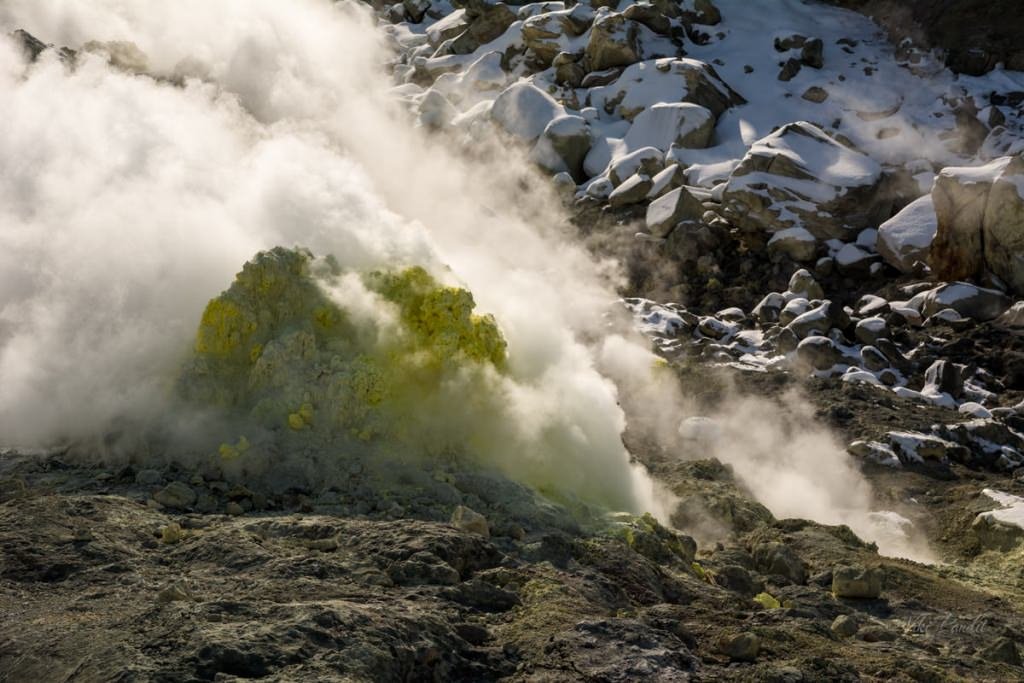

The sparkling Lake Mashū
We ride to lake of the Gods. The aborigine Ainu called it so, for a reason. Surrounded by 200 m high crater walls, the deep blue mirror-like waters of Lake Mashu make for a unique landscape. We are lucky travelers I guess, for it is frequently blanketed in heavy fog and a rarity to view at its scenic best

